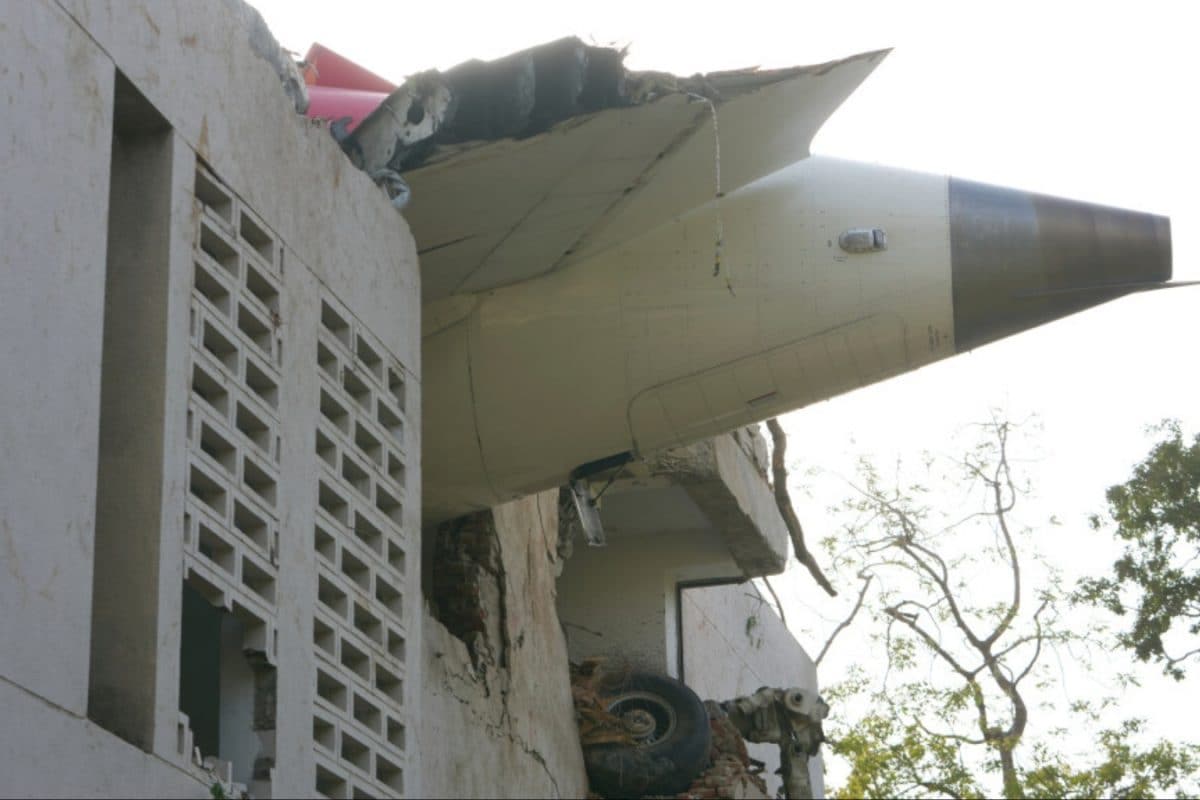

The tragic crash of Air India flight AI171 in Ahmedabad on June 12, 2025, claiming the lives of 241 people, has cast a spotlight on the state of aviation safety and regulatory oversight in India. Disturbingly, a parliamentary panel report, presented just months before the disaster, had already raised serious concerns about these very issues, specifically highlighting staff shortages and funding imbalances within key aviation bodies.
In March 2025, the Department-related Parliamentary Standing Committee on Transport, Tourism and Culture, headed by JD(U) MP Sanjay Kumar Jha, tabled a report in Parliament outlining critical gaps in the Ministry of Civil Aviation's preparedness. The report, titled the "Three Hundred Seventy Fifth Report on the Demands for Grants (2025-26) of Ministry of Civil Aviation," revealed a "chronic" understaffing problem across various government bodies responsible for aviation safety and security.
The Directorate General of Civil Aviation (DGCA), the primary agency responsible for the safety of flights taking off and landing in India, was found to have a staggering 53% of its positions vacant. This raised "fundamental concerns" about the DGCA's capacity to effectively enforce aviation safety standards as noted in the report. Similarly, the Bureau of Civil Aviation Security (BCAS), responsible for airport security, had approximately 35% of its sanctioned posts unfilled, a figure that has steadily increased in recent years. The Airports Authority of India (AAI), which manages airport infrastructure, also faced a significant staff shortage, with 17% of its positions vacant. The committee stressed that these shortages could undermine safety, security, and service delivery standards, especially as air traffic volumes continue to rise. They urged the Ministry of Civil Aviation to expedite the recruitment process to fill vacancies across the DGCA, BCAS, and AAI, ensuring that regulatory oversight, security enforcement, and airport operations are not compromised.
Beyond understaffing, the parliamentary panel also flagged a concerning "discrepancy in funding" across key aviation bodies. The report noted that the DGCA received a disproportionately large share of the capital budget allocation compared to the BCAS and the Aircraft Accident Investigation Bureau (AAIB). Specifically, the DGCA was allocated ₹30 crore, nearly half of the total budget, while the BCAS and AAIB received ₹15 crore and ₹20 crore, respectively. The committee questioned the prioritization of regulatory compliance over security infrastructure and accident investigation capabilities, recommending a more balanced allocation across all key aviation bodies.
The panel also pointed out the modest investment in security and accident investigation infrastructure. They highlighted that while the number of airports in India has nearly doubled since 2014, the corresponding increase in aviation safety and accident investigation infrastructure has not kept pace. This discrepancy raised concerns about the ability to effectively respond to accidents and maintain security standards in the face of rapid growth in the aviation sector.
In light of the Air India crash, these previously raised concerns have taken on a new urgency. The accident has brought renewed focus on the AAIB, the agency responsible for leading the investigation. However, the parliamentary report had already questioned the AAIB's modest budget, raising concerns about its ability to effectively perform its functions and contribute to improving safety in the civil aviation sector.
The preliminary crash investigation report is expected within 30 days and will examine pilot training logs, aircraft logs, CCTV footage, and air traffic control communication. A final report, as per ICAO protocols, is due within 12 months. The findings of these reports, coupled with the issues raised in the parliamentary panel report, will be crucial in shaping the future of aviation safety in India. Moving forward, India's aviation sector requires a multi-pronged approach that addresses not only immediate safety concerns but also the underlying structural flaws highlighted by the parliamentary panel. This includes prioritizing recruitment to fill critical staff shortages, ensuring equitable funding for all key aviation bodies, and investing in modernizing security and accident investigation infrastructure.